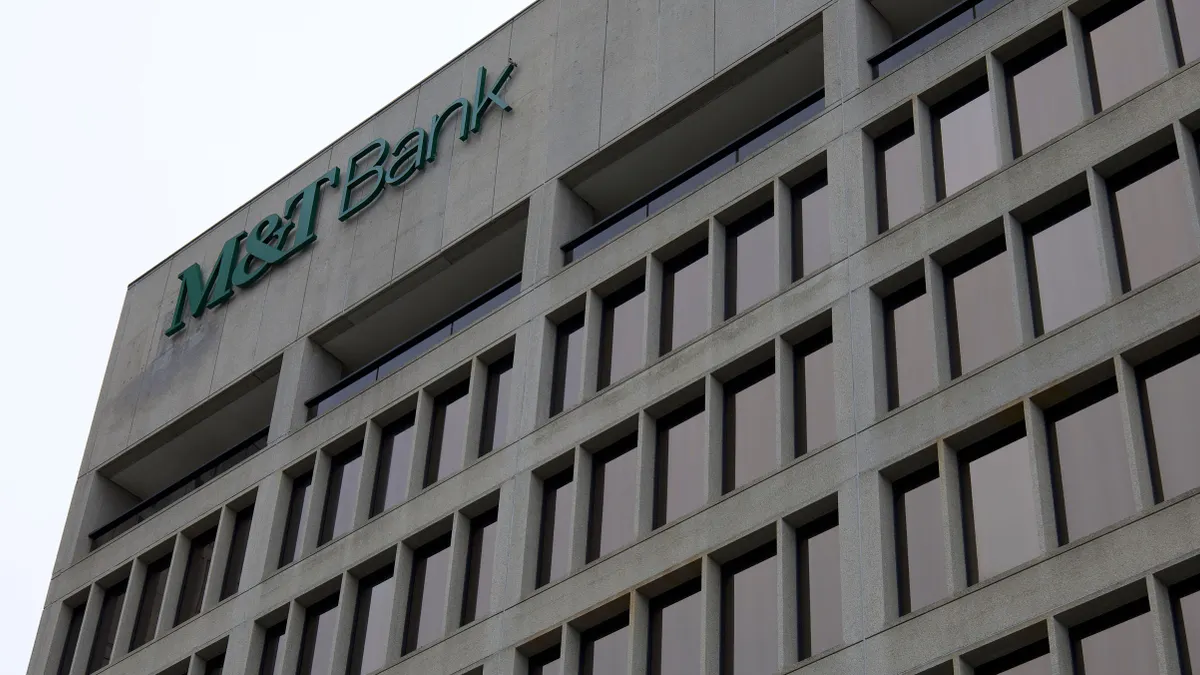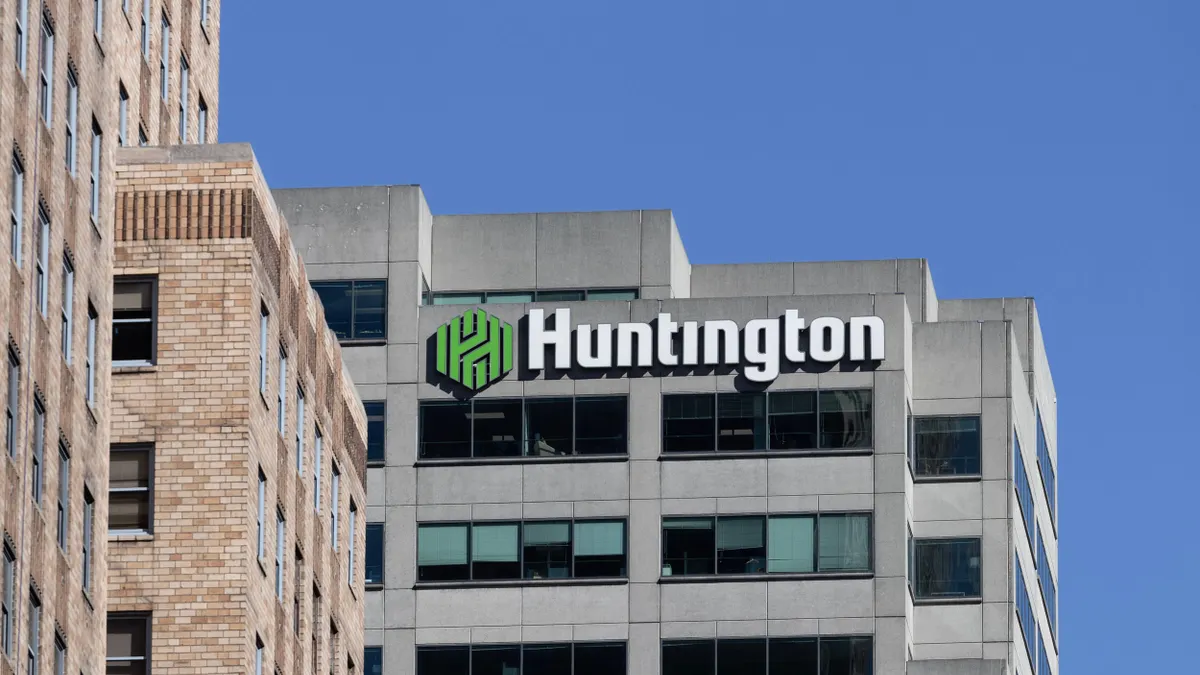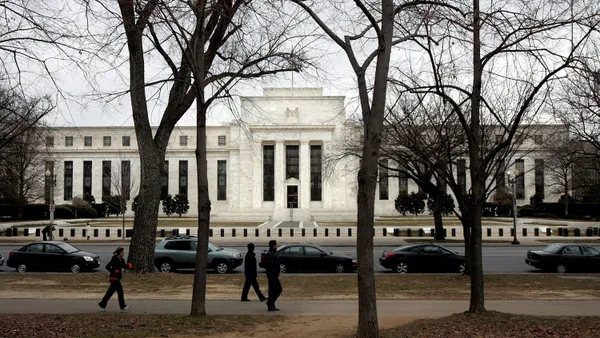UPDATE: Aug. 14, 2020: Truist is letting more than half of its workforce — about 30,000 employees — work remotely through Jan. 31, 2021, the bank told the Charlotte Business Journal on Wednesday. With the move, the North Carolina-based bank becomes the first of its size to push its office-return date past the new year.
UPDATE: Aug. 6, 2020: Wells Fargo is letting its employees work from home at least until Oct. 1, the bank said Wednesday. That marks the second adjustment the San Francisco-based lender has made to its office-return time frame. The bank, in past weeks, had set tentative return dates of July 31, then Sept. 7.
“We do not yet know when we’ll return to a more traditional operating model,” Wells Fargo spokeswoman Beth Richek said Wednesday in a statement emailed to Bloomberg. The bank is developing “a thoughtful, phased plan,” and “will use guidance from health experts to maintain a safe workplace for all employees, including those who have continued to work from the office and those who will be returning to the office over the course of time,” Richek said.
A number of banks, including Bank of America and Capital One, had been using the Labor Day holiday, Sept. 7, as a benchmark. TD and Scotiabank — two Canadian banks that previously had set office-return dates of Sept. 7 — last week extended their remote-work options until 2021.
Dive Brief:
- The "vast majority" of Royal Bank of Scotland employees can continue working from home until 2021, the London-based lender told staff Monday in a memo seen by Reuters.
- The guidance runs counter to the wishes of some in the U.K. government. Prime Minister Boris Johnson on Friday gave employers "more discretion" on returning staff to offices as long as it was safe to do so from Aug. 1, Reuters reported. Johnson said he hoped Britain could return to normal by Christmas.
- Office return dates have varied from bank to bank. While Morgan Stanley, Goldman Sachs and JPMorgan Chase began allowing some employees to return to their offices in June, others have instituted a more relaxed timeline.
Dive Insight:
Monday's memo extends Royal Bank of Scotland's remote-work option beyond September for more than 50,000 employees.
"Like we’ve done throughout the pandemic, the decision has been made carefully, including considering the latest guidance from the UK Government on Friday and our own health and safety standards and procedures," the memo said, according to Reuters. "It's a cautious approach, but, we feel, the right one to take currently."
A number of North American banks, at last glance, have targeted September's Labor Day holiday as a benchmark for a potential return to the office.
"In the U.S., as we look at the environment and follow our commitment to provide 30 days' notice, we have decided to make it simple: returns will start after Labor Day, Sept. 7," Bank of America wrote early this month in a memo seen by Bloomberg.
The bank banned business travel through Sept. 7 unless approved by a member of its management team, and it restricted in-person events internally and externally, according to the memo. Return dates will vary by role, department and location, the bank said.
Likewise, Wells Fargo said in late June that most of its employees will work from home through at least Sept. 7, prolonging the options from an initial expected return date of July 31.
Capital One was an early adopter of the Labor Day timeline, saying in May that its U.S., U.K. and Canada offices would remain closed to non-essential employees at least through Sept. 7.
And all six of Canada's biggest banks pledged to keep their downtown Toronto employees working remotely through at least September, the city's mayor said in late May.
Other big banks have rolled back their office return plans. Citi, which had planned to bring 5% of its U.S. employees back to the office July 1, delayed that timeline in 13 states, particularly after coronavirus cases began to spike in Texas and Florida. The July 1 office-return plan initially included Tampa- and Jacksonville-based operations staff in the bank’s consumer unit.
JPMorgan Chase this month indefinitely suspended its plan to return Columbus-based employees to the office after cases jumped in Ohio, as well.
Jefferies, by contrast, is leaving its office return more open-ended. "Our people will work from home until they feel safe coming back," CEO Richard Handler wrote in a memo. "While we all want to come back ... no one is under pressure to come back immediately." The investment bank's CFO, Peg Broadbent, died of the coronavirus in March.
Royal Bank of Scotland, in its memo, said additional employees would be asked in the immediate future to return to offices "only where there is a genuine business need or for wellbeing and mental health reasons."
About 10,000 of the bank's employees have continued working in branches, Reuters reported. About 400 workers were asked to return in May, to locations where elevator access was limited to two riders at a time, and employees were subjected to thermal imaging, temperature checks and one-way hallway traffic.
The bank on Wednesday is expected to receive formal approval of its name change to NatWest.












